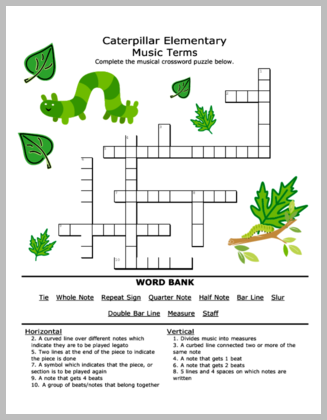 Piano Discoveries has been in the mood for Mozart lately. Strangely enough when younger, Mozart (or anything Classical) did not really resonate as well. Instead, it was the fiery and tempestuous , bombastic and grandiose, and/or sweetly sublime melodies and works of the Romantic era that we preferred. But, over time we have found a real joy, peace, and pleasure in listening to, and playing, music from the Classical Era. And, as said, right now we’re in the mood for Mozart.
Piano Discoveries has been in the mood for Mozart lately. Strangely enough when younger, Mozart (or anything Classical) did not really resonate as well. Instead, it was the fiery and tempestuous , bombastic and grandiose, and/or sweetly sublime melodies and works of the Romantic era that we preferred. But, over time we have found a real joy, peace, and pleasure in listening to, and playing, music from the Classical Era. And, as said, right now we’re in the mood for Mozart.
In this previous post we discussed a little bit about Mozart’s Variations on Twinkle, Twinkle, Little Star. In this post we’ll delve just a bit deeper into Mozart’s variations in general, and this piece specifically.
Mozart was a prolific composer of keyboard works, opera, vocal pieces, symphonies and chamber music. Nearly all of his compositions were commissioned works, which in conjunction with his keyboard performances, represented much of Mozart’s income.
Mozart’s 18 sets of Variations supplied him with repertoire for his performances. And, the melodies used for these variations often came from popular songs or works (as was the case with Twinkle, Twinkle Little Star) and are simple and melodious. Some of these variations became “signature pieces” and were in great demand. As an aside, it is interesting to note that Mozart’s variations were among the few keyboard works published during his lifetime.
Mozart’s compositional style, for the variations, was fairly predictable. For instance, if a theme was presented in duple meter, there often was a variation in triple meter; there was always one adagio variation and; if the theme was in a major key, there was usually a variation in minor.
 Mozart’s variations in C Major, Au, vous dirai-je Maman (K. 265), also known as “Twinkle, Twinkle, Little Star,” is perhaps the most popular set of variations which he composed. Below is a breakdown of each variation and how it fits into Mozart’s typical compositional style for his variations.
Mozart’s variations in C Major, Au, vous dirai-je Maman (K. 265), also known as “Twinkle, Twinkle, Little Star,” is perhaps the most popular set of variations which he composed. Below is a breakdown of each variation and how it fits into Mozart’s typical compositional style for his variations.
Theme (duple meter — 2/4)
The theme is introduced very simply, with very little ornamentation.
1st Variation
The first variation retains the left-hand accompaniment that was heard in the theme; however the right hand has busy passage work.
2nd Variation
The second variation is opposite from the first,with the left hand containing the busy work and the right hand very simply stating the melody.
3rd Variation
The third variation uses triplets in the right hand throughout,varying from the previous variation in rhythmic style.
4th Variation
The fourth variation then is reversed from the third with the triplets in the left hand.
5th Variation
The fifth variation has a lively interplay between the two hands, though the melody is in the right hand.
6th & 7th Variations
The sixth and seventh variations exploit the use of scales. The sixth adds to this with full chords on every beat.
8th Variation (minor key)
The eighth variation is in a minor key. The right hand begins the melody and the left hand echoes it at a different pitch level.
9th Variation
The ninth variation is set very simply and is reminiscent of the opening theme.
10th Variation
In the tenth variation the left hand crosses over the right hand to play the melody for the opening while the right hand plays a delicate accompaniment.
11th Variation (adagio)
The eleventh variation is adagio, or very slow, in tempo and has a great amount of ornamentation.
12th Variation (triple meter)
The twelfth and final variation is set in triple meter, fast and very busy. It is by far the longest of the variations, using many repeated patterns and scales.
As can be seen by the breakdown above, this piece is representative of Mozart’s typical variation style, including a duple meter for the theme, a variation in triple meter, a variation in adagio tempo, and a variation in minor.
What an absolutely fantastic piece!
As a final nod to Mozart (for now), here is a favorite Mozart quote:
“Neither a lofty degree of intelligence nor imagination nor both together go to making of genius. Love, love, love — that is the soul of genius.”

